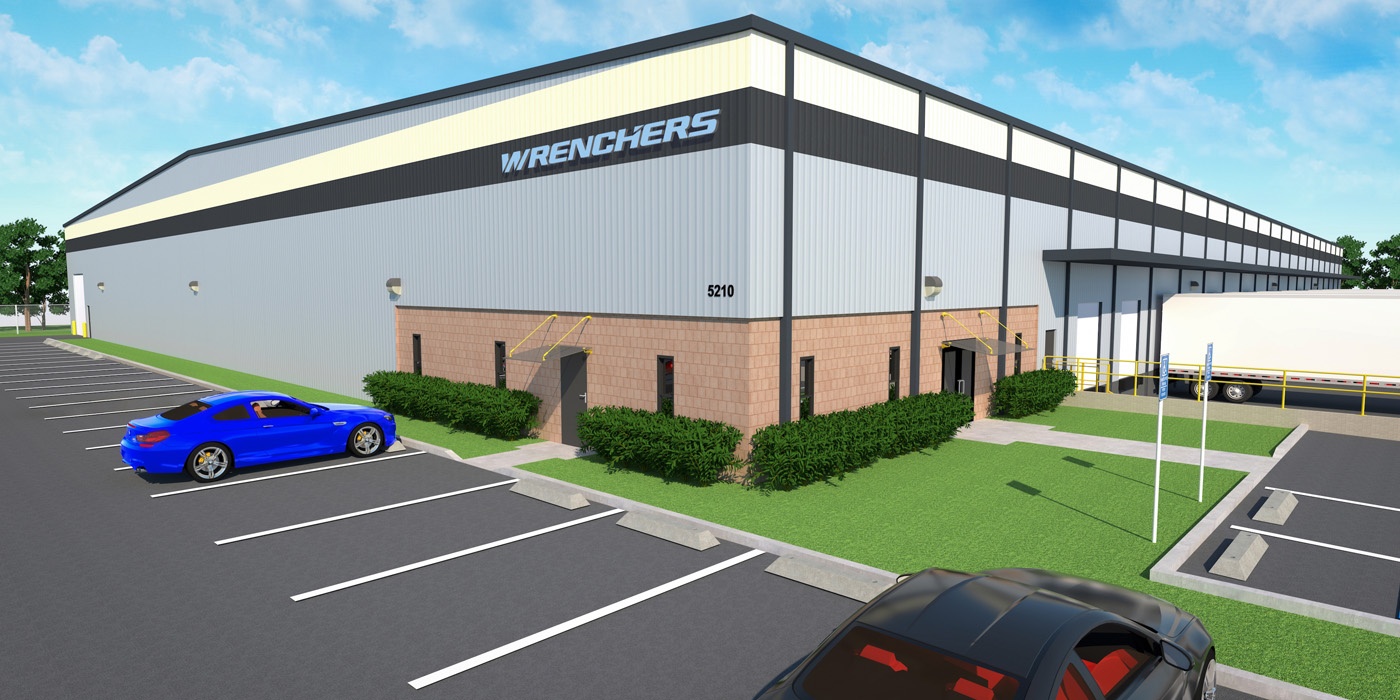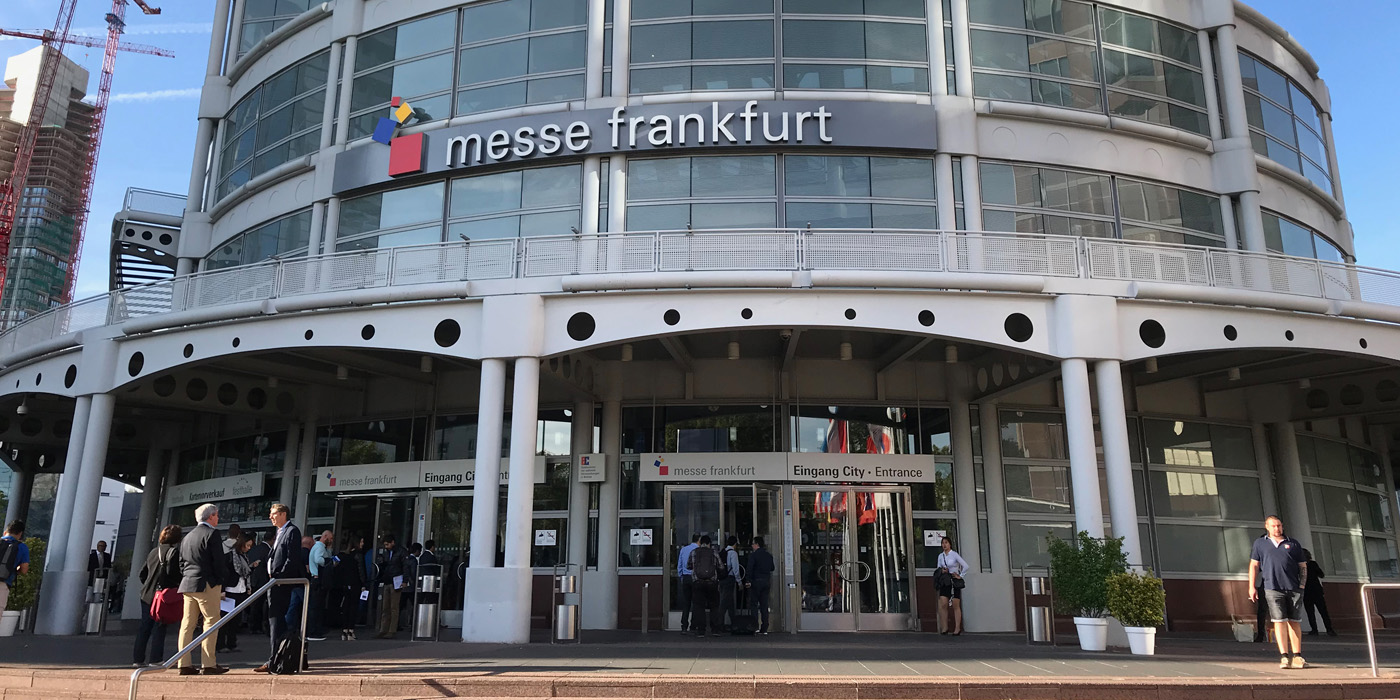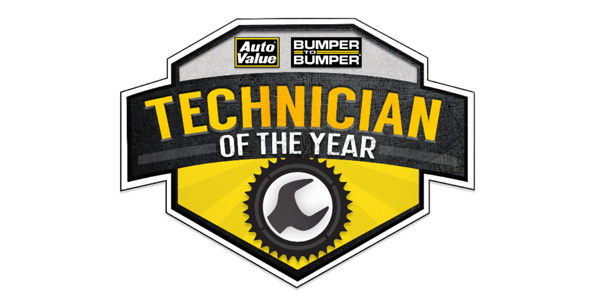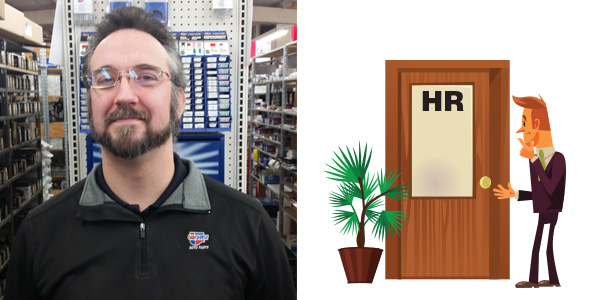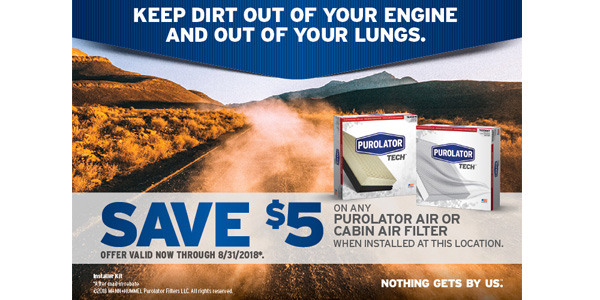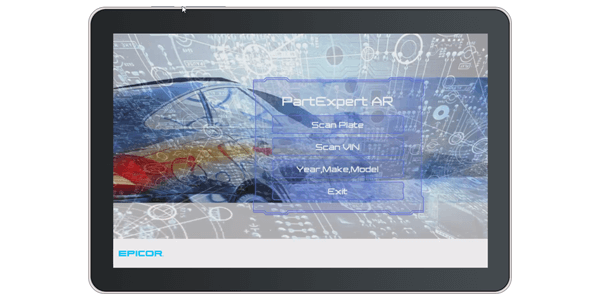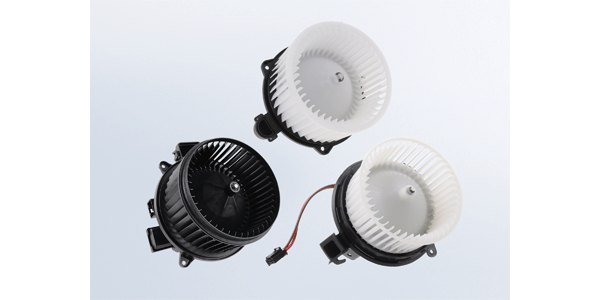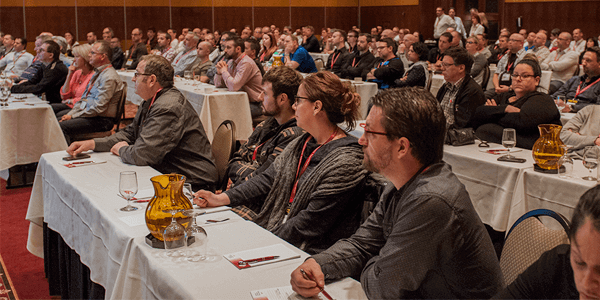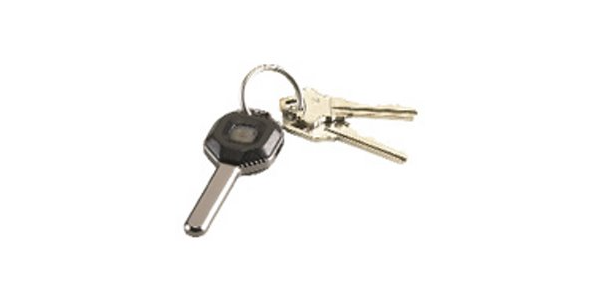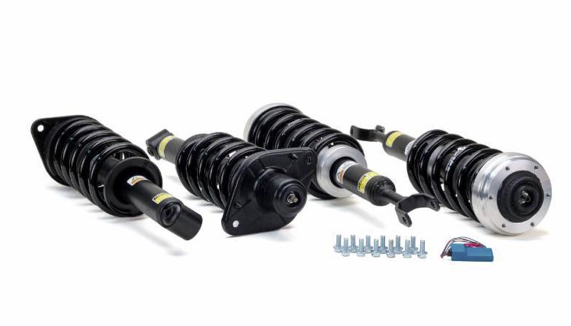Lisa Bahash is the president of Ride Control LLC, parent company of the historic Gabriel brand. As president of Ride Control, Bahash is responsible for leading the company’s accelerated plan for profitable growth through customer-focused initiatives; championing strategic and operational management; and ensuring optimum product quality and performance from the manufacturing operations.
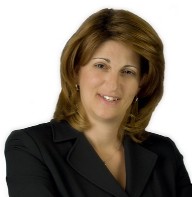 Before being appointed to this position, she served as the general manager for Gabriel Global Aftermarket within ArvinMeritor’s Light Vehicle Systems business group, where she was responsible for achieving growth and profit targets, rebuilding the Gabriel brand, and structuring an organization to deliver new market opportunities globally. She joined the company in March 2007 as director of technical planning. Prior to this, Bahash spent five years at Visteon, as director of the electronics solutions aftermarket organization.
Before being appointed to this position, she served as the general manager for Gabriel Global Aftermarket within ArvinMeritor’s Light Vehicle Systems business group, where she was responsible for achieving growth and profit targets, rebuilding the Gabriel brand, and structuring an organization to deliver new market opportunities globally. She joined the company in March 2007 as director of technical planning. Prior to this, Bahash spent five years at Visteon, as director of the electronics solutions aftermarket organization.
She also worked for Ford Motor Co. in a variety of leadership positions. Bahash holds a Master of Engineering Management from Wayne State University and a bachelor’s of science in mechanical engineering from the University or Michigan. Bahash serves on the engineering advisory board of Oakland University.
In this exclusive Executive Interview, Bahash talks about the transition that has taken place with respect to the 103-year-old Gabriel brand since it was spun-off from Arvin Meritor last year as well as her goals for future of the business.
Gabriel became an independent company when ArvinMeritor officially divested the business in the summer of 2009. What has the transition been like since then?
The acquisition closed on June 28 of 2009. The sale actually included a U.S. entity and a Mexican entity and we had a delayed closing for our Mexico entity, which was Aug. 24, 2009. The biggest push initially was to become one organization – a culture that would support a very nimble organization, quick to market, quick decision making, focused solely on now the ride control business – as opposed to the matrix type of organization that comes under a larger corporate structure. As such, we no longer have to worry about other entities and their needs as we did when part of a larger organization. We are solely focused on what we need to do for Gabriel in the U.S., as well as in Canada and Mexico.
Can you tell us about what Gabriel’s manufacturing and distribution footprint look like right now?
The majority of our manufacturing is done in our Mexican facility, which is in Queretaro, about 2 1/2 hours north of Mexico City, and we actually have three facilities there. There’s the main facility, where the majority of the product is manufactured and assembled – shocks and struts, etc. Then, we have a secondary plant, which is a little smaller and primarily focused on tube manufacturing. We have a brand-new tube mill that we made an investment into last year. And, we have a very small exhaust manufacturing business, which manufactures only for the local Mexican market.
In addition, we have a facility in Chickasha, Okla., which is our main distribution facility and also provides rod manufacturing and some light assembly work. Primarily, one of the big changes for the business that has occurred over the past year or so is that we now manufacture a good portion of the two primary components in ride control/shocks and struts and that’s rods and tubes.
Are you supplying only the North American market or is the company offering products on a global level today? Pure aftermarket or OE supplier as well?
We’re global and we supply to both segments. We’re about two-thirds aftermarket, one-third OE, where we do business with the large retailers here in the U.S. as well as in Mexico and then the traditional warehouse distribution model. We also do a good deal of business in the commercial vehicle aftermarket. Then, from an OE perspective, we primarily focus on the heavy truck business and other niche OEs like snowmobiles, recreational vehicles, off-road equipment and things of that nature.
Earlier you talked about being a more nimble company. … Many large multi-brand, multi-segment aftermarket manufacturers pared down to ‘core competencies’ in the past few years in the midst of the economic recession. What are your thoughts on this and how it will shape the future of the aftermarket?
There’s still a good mix out there of the smaller companies focused on one or two product lines as well as the larger organizations. Primarily, I think the advantage that a smaller, focused organization has is that we can bring more of a comprehensive product line together. For example, we have a full range of products – our catalog is very complete. We introduced more than 300 part numbers with more than 1,600 new vehicle applications in our new catalog that we announced at AAPEX (2009). We look to know what’s going on with the vehicle population as it relates specifically to our product line – what the technology is, how we can best leverage our buy for the components of that product and make sure we have very targeted marketing to our customer base for that type of replacement product and upgrade. So, we’re not spreading everything very thin, like a larger organization might, to try to cover more. It’s a little more targeted, and a little more efficient.
Do you find that customers prefer a full-line supplier or do you see a lot of ‘cherry picking’ going on?
I think the opportunity is there for cherry picking but in general, most customers want full-line coverage. So, coverage is extremely important – all the way from your fast movers down through your slow movers.
They look for consistency in the product itself, from a quality/manufacturing perspective – brand consistency, pricing consistency. So when they try to break it up or let somebody cherry pick they open themselves up for some potential concerns and a lot more management of the line – especially when you have product that mixes, such as chassis products. You wouldn’t want to buy one type of component from somebody and another one from a different company – you have to make sure they work together.
Let’s talk about your customers and education – how important is technician and consumer education to Gabriel?
It’s very important. For the category as a whole, for ride control, the education of consumer and installer is very important. It’s critical for consumers to understand that they should be updating their ride control and replacing it at 50,000 miles and that it does have an impact on vehicle control and drivability. It’s not an area where you can just let it go until it breaks. There are benefits to be had from making the replacement in a timely manner (50,000 miles).
Of course, from the technician perspective, we focus on educating them on how to do an appropriate install and how to do it safely; and how to talk with customers about wear and tear on a vehicle – how ride control impacts tires and other chassis parts. So it’s not just the install but making sure technicians can talk to customers about why they need to replace their ride control products.
How has the company been communicating its new independent status to the marketplace? And, what’s the overall message you want people to know about the Gabriel brand as it stands right now?
We put together a communication plan that the sales team and the customer service team used to directly sit down with our customers (or have a phone conversation with) to explain the acquisition and also to explain that this is a very good thing for Gabriel as a whole.
Primarily, again going back to the fact that we are a more focused company, we know where our bread and butter is – it is in our customers and in ride control products, and doing the best we can possibly do in that category. So building our brand – the brand is very strong. Gabriel has been around for 103 years and will continue to be around.
We’re a focused organization – we can do things very quickly, hence our product coverage and expansion of that with the new catalog. We look to constantly improve our processes and products as we move forward and we look for opportunities in the marketplace in all categories. And we’ve made a lot of investments in the business that had not been made as part of a non-core operation in a large entity.
Can you expand on that a little?
I know I keep talking about the new catalog but it’s a lot of investment – both engineering and tooling wise – to bring out more and more coverage, so we started that right off the bat. We wanted to make sure we had complete coverage in some of the newer applications. We’ve made quality improvements at our manufacturing facility, including two new paint lines and the new tube mill and new machining for our rod equipment and super-finishing of our rods in Chickasha, Okla. In just about every area of the business, we’ve invested some amount into. We’ve also put in a new ERP system to help us better run our operations across all activities across our sites.
One area that is important to the business where we see an increasing trend in, is ready mount struts – a sub-assemble of strut and mount and coil spring. It makes installation a lot easier and more timely and that seems to be one of the growth areas around ride control. Expect to see us introduce a number of applications this year, similar to expanding our catalog coverage last year.

